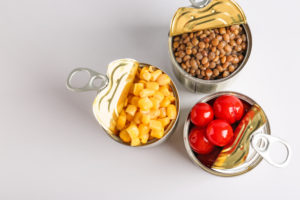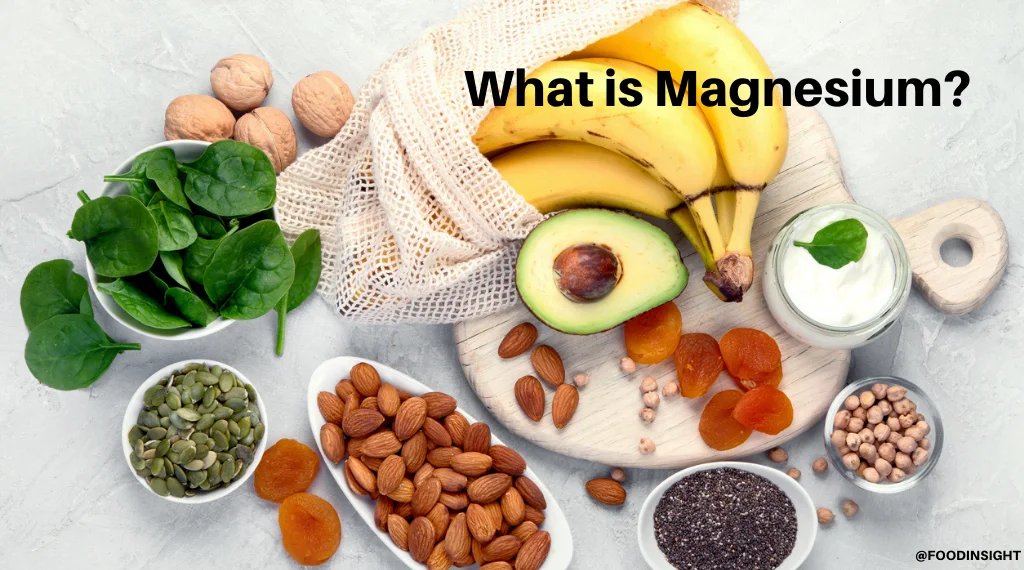
It’s hard to imagine a world without a jar of strawberry jam in the cabinet, beans from the tin, a can of tuna salad for a quick lunch or a trusty can opener. And while preservation methods such as drying, curing, freezing, pickling and fermenting have deep-roots in ancient food cultures, the process of canning is fairly new. In 2013, the Can Manufactures Institute estimated the US and Europe go through 40 billon cans a year – a far cry from when just one can could take over six hours to make and weighed around seven pounds.
The Great Seal
The process of preserving food in a hermetically-sealed jar or tin was the answer to a problem proposed by the French and English governments as their armies subsided on salted meat and hardtack — the need for more nutritious and non-perishable food was great. In France, Napoleon saw the toll poor nutrition took on his men and launched the Preservation Prize in 1795, offering 12,000 francs to anyone who could improve the process of preserving food. In 1810, French chef Nicolas François Appert offered a solution – canning.
As a chef, confectioner and scientist, Appert made many contributions – the invention of bouillon cubes, nonacidic gelatin extraction and improvements in the autoclave – however; food preservation is what earned him the greatest praise (and 12,000 francs). Appert created a method of hermetically sealing glass jars with cork, wire, wax and boiling water. Appert believed the key to non-perishable foods was to heat and seal jars to keep decay out. The understanding of bacteria’s role in spoilage would not be fully understood until Louis Pasteur discovered the process of pasteurization in 1863.
Appert published his work in L’Art de conserver, pendant plusieurs années, toutes les substances animales et végétales (The Art of Preserving All Kinds of Animal and Vegetable Substances for Several Years) in 1810. For those that purchased the book, a small note attached to the cover included Appert’s address so that skeptics could come to his home and purchase preserved goods.
While Appert’s method was effective in preventing spoilage, the glass jars were cumbersome and had the tendency to explode. The answer to these issues came from England, where the government was also struggling with supplying sustainable rations to its navy and arctic explorers. In June of 1813, Bryan Donkin served King George III and Queen Charlotte canned beef… from a tin. British merchant Peter Durand patented the method of storing food in cans made of tin on behalf of French national Philippe de Girard (who invented the method) in 1811. Durand sold the patent to Donkin, who was able to deliver canned food to the royal table and produce cans on a larger scale. Following approval from the Royal Family, Donkin’s cans were immediately placed on British ships. One surgeon aboard a naval vessel in 1814 noted that the tinned food offered “a most excellent restorative to convalescents, and would often, on long voyages, save the lives of many men who run into consumption [tuberculosis] at sea for want of nourishment after acute diseases; my opinion, therefore, is that its adoption generally at sea would be a most desirable and laudable act.”
Across the Pond
The first can arrives in America in 1825, as Thomas Kensett and Ezra Daggert sell their patented cans filled with oysters, fruits, meats and vegetables to New Yorkers. However, canned food doesn’t achieve commercial success in the USA until Gail Bordon’s 1856 invention, condensed milk. Milk was hard to keep fresh and was costly to source in urban areas, such as New York. Bordon’s Condensed Milk addressed a growing problem. When Civil War breaks out, the demand for canned food and milk increases exponentially.
The one caveat to canned food at the time remained how to open it. Early cans were often reinforced with stronger metals, and a hammer and chisel or knife were the only ways to open them. The first incarnation of a can opener isn’t invented until 1860 by American, Ezra J. Warner. Still slightly crude and cumbersome (used mostly through the war and by shop clerks), a more commercially-friendly opener doesn’t arrive in home kitchens until the 1920s.
As can consumption increased, so did the science and methodology behind safer canning. In 1895, a team at the Massachusetts Institute of Technology (MIT) tried to solve the problem of smelly canned clams that swelled with gas released by bacterial metabolism. Researches Samuel Cate Prescott and William Lyman Underwood found the bacteria that caused the cans to swell was not affected by the boiling of the cans but instead by “applying pressurized steam at 120 ˚C [which] killed the bacteria in 10 minutes.” This finding disrupted the industry, changing the ways cans were created and adding pressure to the process.
The Home Front
Home canning was slower to take off than tin. The USDA made its first reference to the canning process in the Farmer’s Bulletin 359 from May 1909, entitled “Canning Vegetables in the Home” followed by “Canning Peaches on the Farm” in 1910. These guidelines outlined the safest method for home canning, known as fractional sterilization, a multi-day process where jars are boiled three times for an hour each. Additionally, home canners no longer relied on Appert’s method of corking jars, following John L. Mason’s creation of the metal screw-top in 1858 and Alexander H. Kerr’s two-part canning lid developed in 1915 (the lid most canners use today).
Tin can production increases to feed soldiers through World War I and World War II – home canning also sees a large increase during this time. Communal canning centers are established in WWI with the help of the Ball Brothers Company and ‘pressure canners,’ placed on top of a stove in home kitchens, become available. Canning reaches its peak during WWII, as food rations for both the front line and home front are cut. As sugar was highly prized and highly rationed, households that canned would receive extra pounds of sugar, which increased the popularity of canning tremendously. Although, as food rations were lifted, the incentive to can decreased and so did home canning.
Canning Today
Home cooks around the world continue to can, but it’s far from the amount in the 1930s and 40s. Canning is still an excellent way to capture the taste of a season – from peaches and tomatoes in summer to apples in the fall. If you’re interested in taking up canning, there are a few helpful additives and food ingredients that will help you produce better results in your kitchen. If you’re starting with something savory, canning/pickling salt or salt substitutes (which offer the same salty taste without the increase in sodium) create excellent pickled products. Acidulations, or acids, are a key component in canned produce. Sources for including acid includes vinegar, lemon juice, citric acid or even ground Aspirin. To add a touch of brightness to your mason jar, there are color enhancers and colorants. This includes citric acid for preserving the color of just-cut fruit, ascorbic acid to prevent browning and sulfites to both prevent spoilage and the changing of colors. Finally, when canning items with a high proportion of liquid, there are texture enhancers and thickening agents, such as food-grade calcium chloride or a variety of starches to thicken. Pickling lime can improve your pickles and pectin will yield better-canned fruits.




